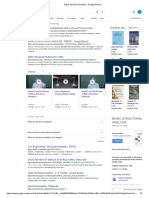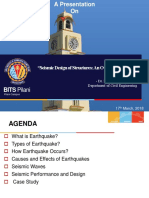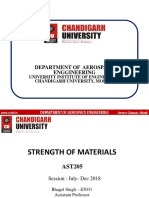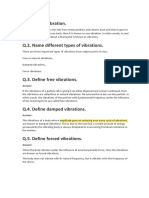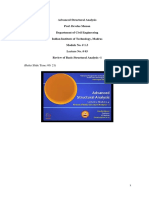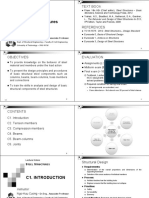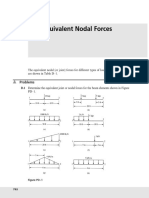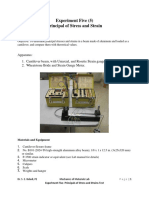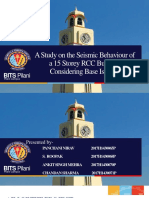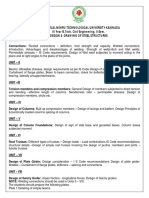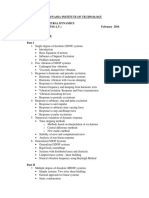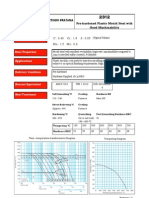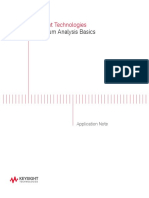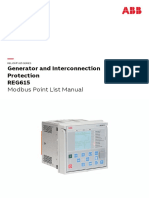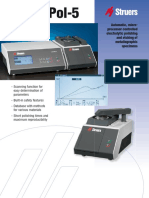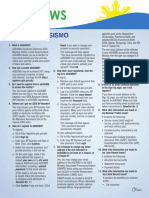0% found this document useful (0 votes)
271 views19 pagesDynamics of Structure l1
This document provides an overview of the Dynamics of Structures course taught by Dr. Mohan S C at BITS Pilani Hyderabad Campus. The course will cover fundamentals of single and multi-degree of freedom systems, vibration of continuous systems, finite element modeling and dynamic analysis, vibration control techniques, and wind loads on structures. By the end of the course, students should be able to formulate and evaluate the response of SDOF and MDOF systems under various loading conditions using analytical and numerical methods. The course will utilize online platforms like Google Meet and Classroom and include assignments, quizzes, an online lab, project, and comprehensive exam for evaluation.
Uploaded by
mayank YadavCopyright
© © All Rights Reserved
We take content rights seriously. If you suspect this is your content, claim it here.
Available Formats
Download as PDF, TXT or read online on Scribd
0% found this document useful (0 votes)
271 views19 pagesDynamics of Structure l1
This document provides an overview of the Dynamics of Structures course taught by Dr. Mohan S C at BITS Pilani Hyderabad Campus. The course will cover fundamentals of single and multi-degree of freedom systems, vibration of continuous systems, finite element modeling and dynamic analysis, vibration control techniques, and wind loads on structures. By the end of the course, students should be able to formulate and evaluate the response of SDOF and MDOF systems under various loading conditions using analytical and numerical methods. The course will utilize online platforms like Google Meet and Classroom and include assignments, quizzes, an online lab, project, and comprehensive exam for evaluation.
Uploaded by
mayank YadavCopyright
© © All Rights Reserved
We take content rights seriously. If you suspect this is your content, claim it here.
Available Formats
Download as PDF, TXT or read online on Scribd
/ 19




